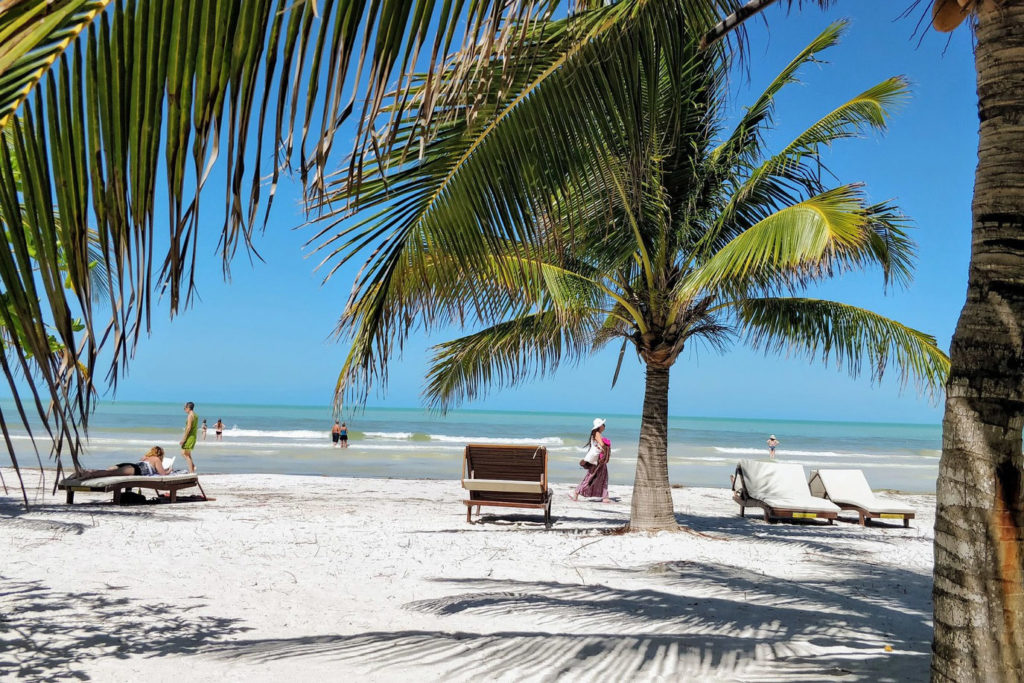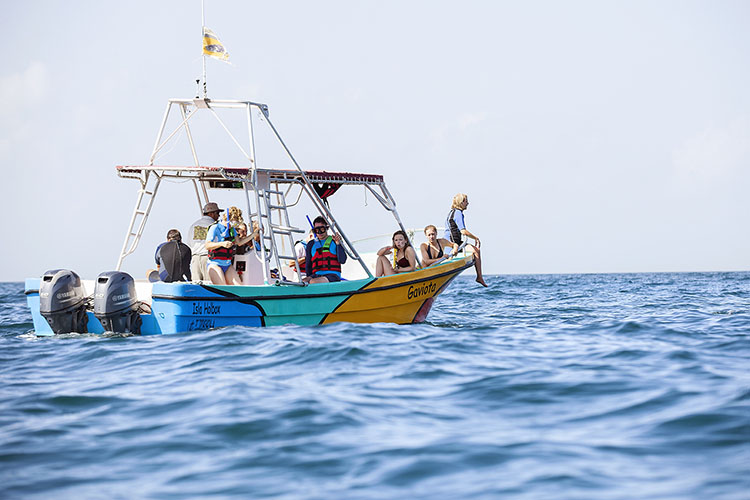The seasons
and the migration

Holbox
Officially, the season starts on May 15th and ends on September 17th. This period has been determined by the Mexican authorities because it is in these months when the species are in the region according to their migration patterns.
Weather conditions
We have to be especially aware of the weather conditions. Weather is not only important for safety reasons, it will also affect the tour in other aspects, for example on a windy day, we will have more waves, we will not be able to drive so fast, the boat ride can be bumpy and seeing a whale shark in a distance will be more difficult.
On the other hand, on a calm day, we can reach the area faster and smoother and it will be easier to see the whale sharks from a larger distance. We always have to follow the directions of the authorities. The regional and the local Harbor Masters will determine if specific weather conditions are suitable or not to do our Whale Shark Tour.
Besides the official instructions of the Harbor Master, we will also determine, in certain cases, if the conditions are good to do the tour or not, considering safety, comfort and the chances to find whale sharks on a specific day. Generally speaking, weather conditions in our area are very good and stable during the summer, but it is always possible to have a tropical system close to us that might affect the tour for two or three days by not being able to go out in a boat. We could say that weather can be windier during the first 3 or 4 weeks of the season and then calm until the third week of August. After that and until the end of the season, the chances to have a tropical system affecting our area is higher.



The area
The total area where we can find whale sharks and where we have the permits to do this activity is 6,300 square kilometres (more than 1.5 million acres). The distance from one extreme to the other is about 150 nautical miles (this distance can take us 6 hours to cover under optimal conditions and at a maximum allowed speed of 25 knots).
Within this area, we have specific places where we know that there is a higher chance to find a whale shark. Whale sharks don’t move that much from one day to the next, so we try searching the area where we saw them in the previous days. We also have local fishermen as our informants, and they will tell us if whale sharks have been sighted in a specific area.
The time it will take us to find a whale shark once the boat leaves the pier can be between 45 minutes and up to three hours. This will depend on the place where the whale sharks can be found on a specific day and on the prevailing weather conditions (wind and waves). This location can be closer to Holbox or closer to Isla Mujeres and it is impossible to know this more than 3-5 days in advance. Whale shark move within the whole area and if it could take us three hours to get to the place where they are on a specific day, for them it could be like moving from the kitchen to the living room if we imagine the whole area as their home. It is also important to mention that while we are searching for whale sharks on the surface (covering a 2-D area), whale sharks can also sink to the bottom and they might not come to the surface on certain days. Whale sharks are plankton eaters and they follow the food. The vertical movement of plankton depends on different factors like water temperature, streams or currents, salinity, etc. In our experience, we can say that plankton is more likely to be on the surface between 9:00 and 13:00, so that is the optimal time to search for whale sharks in a given area. This is also the reason why it might not make much sense to start the tour earlier (i.e. to avoid seeing other boats in the area). We have also observed that whale sharks are sensitive to atmospheric pressure and they might not come to the surface when we have lower barometric pressure.
